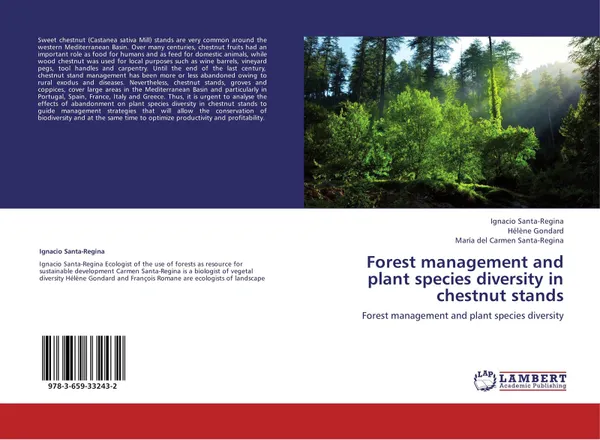Forest management and plant species diversity in chestnut stands
2013
64 страницы
Язык: Английский
Тираж: 500
📗 Sweet chestnut (Castanea sativa Mill) stands are very common around the western Mediterranean Basin. Over many centuries, chestnut fruits had an important role as food for humans and as feed for domestic animals, while wood chestnut was used for local purposes such as wine barrels, vineyard pegs, tool handles and carpentry. Until the end of the last century, chestnut stand management has been more or less abandoned owing to rural exodus and diseases. Nevertheless, chestnut stands, groves and coppices, cover large areas in the Mediterranean Basin and particularly in Portugal, Spain, France, Italy and Greece. Thus, it is urgent to analyse the effects of abandonment on plant species diversity in chestnut stands to guide management strategies that will allow the conservation of biodiversity and at the same time to optimize productivity and profitability.
Мнения
